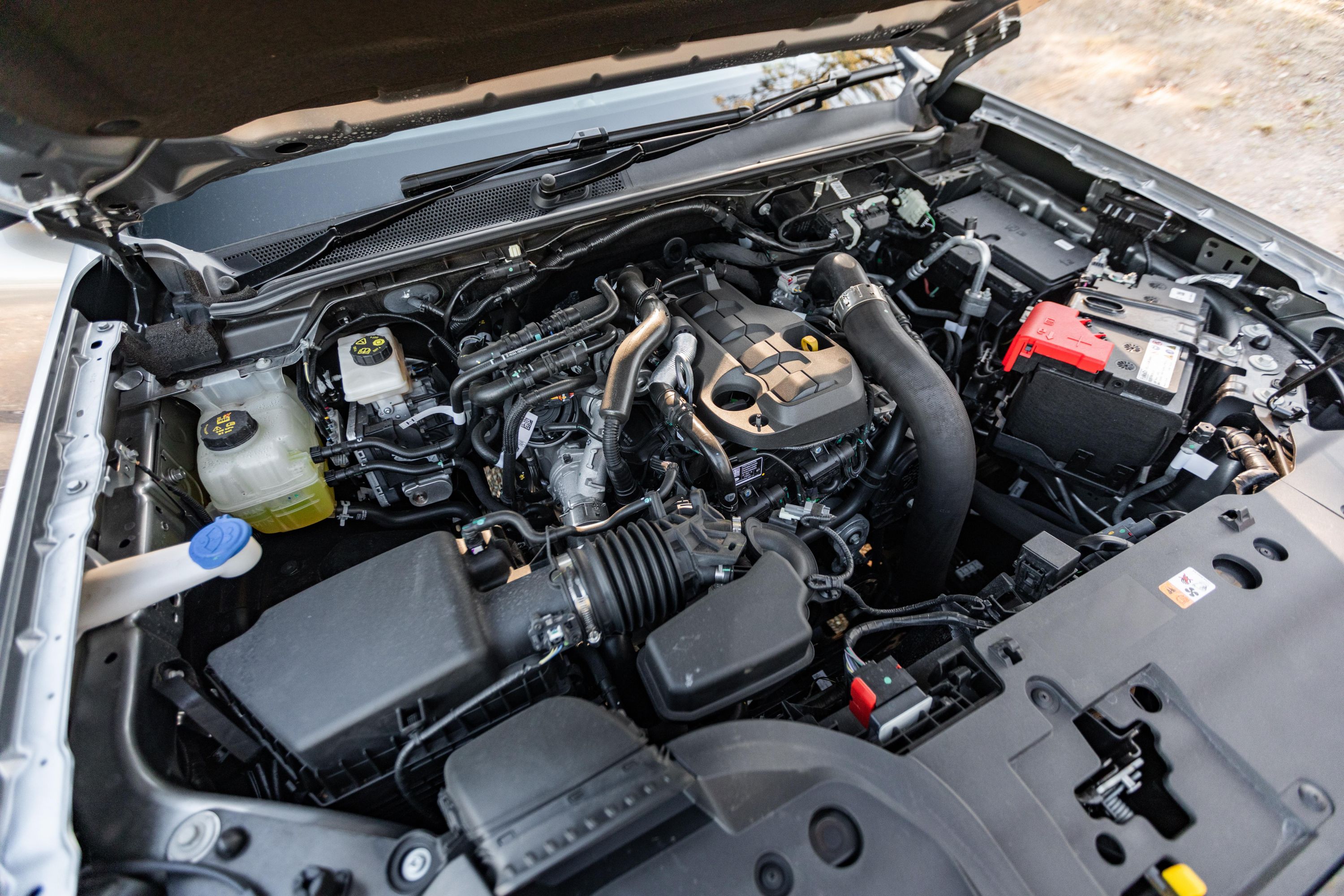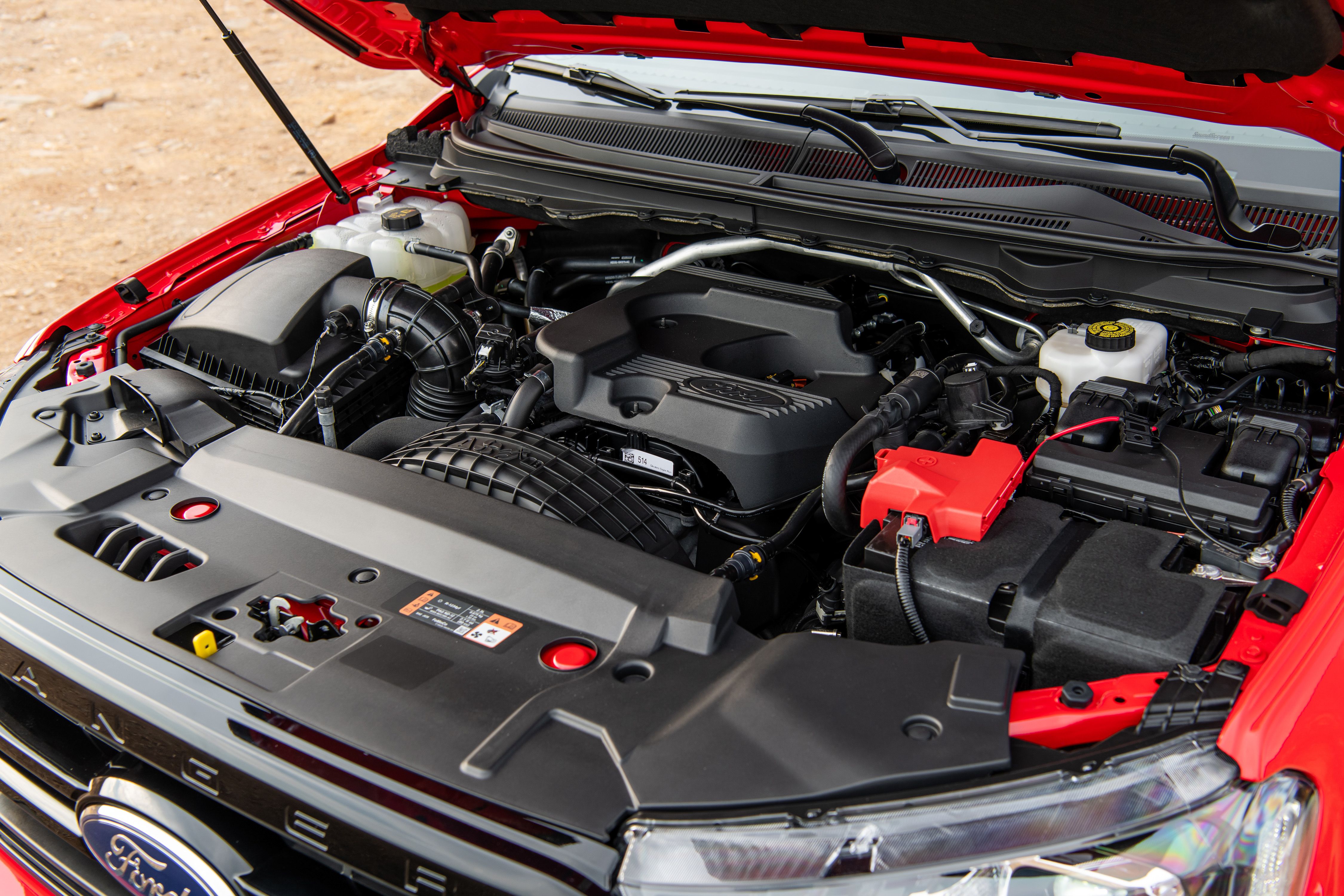Just How to Choose the Right Car Engine for Optimum Performance and Effectiveness
Selecting the proper car engine to achieve an optimum balance of efficiency and effectiveness necessitates a nuanced understanding of different engine kinds and their details qualities (2.2 ford ranger engine). Factors such as engine displacement, the number of cylinders, and fuel type play a crucial duty in establishing both power outcome and fuel economic situation.
Understanding Engine Types
When picking a car, one of the most essential parts to consider is the engine type, which serves as the heart of the automobile. The engine kind considerably affects the car's overall efficiency, long life, and viability for your driving demands. There are mainly 3 engine kinds to consider: inner burning engines (ICE), hybrid engines, and electric engines.
Internal burning engines continue to be one of the most usual, operating gasoline or diesel. They are known for their power and velocity, making them ideal for performance-oriented vehicles. They may drop short in fuel performance and environmental influence.
Crossbreed engines incorporate an inner combustion engine with an electrical motor, providing an equilibrium between efficiency and gas economy. They are progressively prominent for chauffeurs seeking reduced exhausts while still providing adequate power.
Electric engines, powered entirely by batteries, are getting traction due to their environmental benefits and lower running expenses. They offer instantaneous torque and a silent driving experience, making them suitable for urban travelling.

Performance vs. Effectiveness
Picking the appropriate engine kind involves considering the compromises between efficiency and efficiency. Efficiency generally describes how well an engine can supply power and velocity, which is usually linked with larger variation engines or those with turbocharging capacities. These engines usually give thrilling driving experiences and quick response times, making them preferred amongst enthusiasts.
On the other hand, effectiveness concentrates on gas economic climate and lower emissions. Smaller engines, specifically those geared up with sophisticated innovations such as straight fuel injection and variable shutoff timing, tend to deliver better miles per gallon and lowered carbon footprints. While these engines might sacrifice some power compared to their larger equivalents, they frequently stand out in daily driving situations where high efficiency is not constantly needed.
Eventually, the option in between efficiency and effectiveness rest on specific top priorities. A driver who values perky driving could focus on a high-performance engine, while someone seeking cost-efficient commuting may lean toward an efficient option. Understanding these trade-offs is crucial for making an informed choice that straightens with your driving demands and way of living, guaranteeing that the selected engine type complements your expectations for both efficiency and efficiency.
Secret Requirements to Take Into Consideration
Recognizing essential specs is necessary for making an educated choice regarding the appropriate cars and truck engine. When choosing an engine, several vital variables call for consideration to guarantee optimal performance and effectiveness.
It shows the total volume of the engine's cyndrical tubes and typically correlates with power result; larger variations frequently yield even more power. Engines with more cylinders can give smoother procedure and higher power, while smaller sized configurations can improve gas effectiveness.
Additionally, the engine's arrangement, whether inline, V-type, or rotary, influences the total style and efficiency attributes of the lorry - 2.2 ford ranger engine. Turbocharging and supercharging modern technologies ought to likewise be evaluated; these increase an engine's power output without dramatically enhancing its size, hence enhancing performance
Fuel type is one more key factor to consider, as it impacts both performance and expenses. The engine's compression ratio impacts efficiency and power delivery; a higher ratio generally leads to better effectiveness, however may need exceptional fuel. By very carefully examining these requirements, you can choose an engine that lines up with your efficiency and effectiveness objectives.
Examining Driving Demands
Evaluating driving requirements is a basic step in figuring out the best cars and truck engine for your way of life and usage patterns. If your driving mainly consists of short commutes in urban atmospheres, a smaller engine with excellent fuel efficiency may be enough.
Consider the terrain you generally navigate. Hilly or rugged landscapes might demand an engine with higher torque for better efficiency. Furthermore, mirror on traveler and freight requirements; bigger households or those that carry products may take advantage of vehicles with boosted power and capability.
It's also vital to examine your gas preferences. Diesel engines usually provide superior torque and gas economic climate for larger cars, while gasoline engines might give a smoother and quieter experience. Last but not least, element in ecological factors to consider, as hybrid or electrical engines can give a more lasting choice without giving up performance. By extensively comprehending your driving requirements, you can make an enlightened decision that lines up with both efficiency assumptions and efficiency objectives.
Future Patterns in Engine Modern Technology
As the automotive industry proceeds to progress, developments in engine innovation are paving the way for extra reliable and sustainable driving experiences. One considerable trend is the change toward electrification, with crossbreed and totally electric powertrains obtaining prominence. Car manufacturers are investing greatly in battery innovation to boost power density and lower charging times, inevitably boosting the usefulness of electric lorries (EVs)
One more emerging fad is the advancement of hydrogen fuel cell engines. 2.2 ford ranger engine. These systems use find more the potential for zero-emission driving while providing refueling times comparable to standard gasoline engines. Furthermore, advancements in burning innovation, such as variable compression ratios and improved turbocharging, are optimizing typical inner combustion engines for far better effectiveness and efficiency
Digital integration is additionally a crucial element of future engine technology. The implementation of fabricated intelligence and equipment knowing enables real-time data analysis, making it possible for smarter engine management systems that adapt to driving conditions and boost gas efficiency.

Verdict
To conclude, choosing the proper car engine demands an extensive examination of numerous factors, including engine kind, performance requirements, and effectiveness objectives. By recognizing the distinctions in between various engine kinds and taking into consideration key specifications, individuals can align their choices with particular driving requirements. As innovations in engine innovation continue to emerge, staying educated about future trends will further enhance decision-making, inevitably resulting in a car that balances performance and fuel efficiency effectively.
Choosing the suitable cars and truck engine to attain an optimum equilibrium of efficiency and effectiveness requires a nuanced understanding of numerous engine kinds click to investigate and their details features. There are mostly three engine kinds to take into consideration: inner burning engines (ICE), hybrid engines, and electric engines.
Performance generally refers to just how well an engine can deliver power and acceleration, which is usually find out here now connected with bigger displacement engines or those with turbocharging capabilities. Diesel engines often use superior torque and gas economic climate for heavier vehicles, while gasoline engines may give a smoother and quieter adventure.In final thought, selecting the proper auto engine demands an extensive evaluation of numerous elements, including engine type, performance requirements, and efficiency objectives.